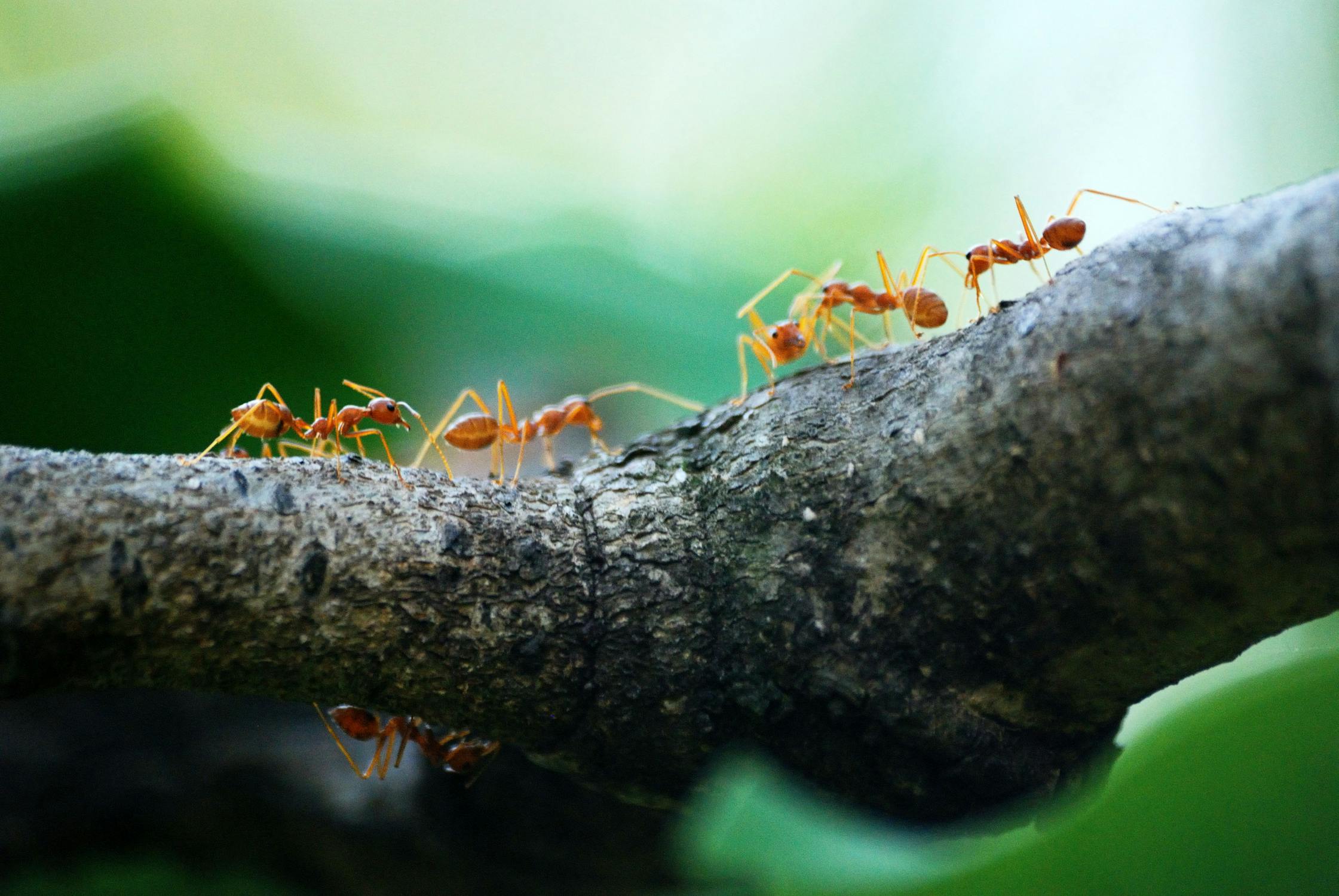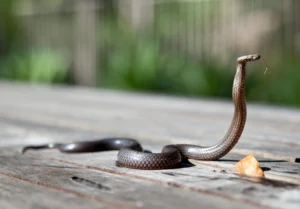Not just humans…Ants also perform life-saving amputations.

New research has shown that some kind of ant is performing amputations for infected comrades to improve their chances of survival.This behaviour was monitored in the borehole ants in Florida, known as Camponotos Floridanos, a brown, red-oriented species of more than half an inch (1.5 centimetres) and inhabited some areas of the south-east of the United States.
Researchers noted that these ants treat the injured limbs of their comrades either by cleaning the wound using parts of the mouth or by amputating by biting the damaged limb.
The choice of type of care depends on the location of the injury, when the severe injury is at the top of the leg, it is always amputated, and when the injury is at the bottom, the leg is always treated.
Insectist Eric Frank of the University of Fortsburg, Germany, the head of the research team published on Tuesday at the Carnet Biological Patrol, said, “In this study, for the first time, half of an inhuman animal uses amputations of another individual to save his life.”
Frank added: “I am convinced that we can safely say that the medical ant system for the care of infected persons is the most developed in the animal kingdom, and only our system competes with it.”
This type of rotten wood ants takes homes and fiercely defends his home against rival ants colonies.
The researchers studied the upper leg injuries, i.e. the femur, and the lower part.
Such injuries are common in wild ants of various species and occur during fighting or hunting or from predators from other animals.
According to Frank, ants “decide between amputation or spending more time caring for the wound. We do not know how to decide that. But we know why the treatment is different.”
This is blood lymph flow, a liquid that combines blue and green, which is the equivalent of blood in most invertebrates.
Frank explained that “the lower leg injuries increase the blood lymph flow, which means that the pathogens actually enter the body in only five minutes, making amputations useless by the time they can be performed. The upper leg injuries are much slower in the blood lymph flow, giving sufficient time to effective and timely amputations.”
Either way, the ants first clean the wound, and it is likely to put glands in the mouth on it and also absorb the infected and contaminated blood lymph.
The amputation itself takes at least 40 minutes, sometimes more than three hours, with continuous shoulder biting.

In amputations after upper leg injury, the documented survival rate ranged from 90 to 95 percent, compared with about 40 percent for untreated injuries.
In only clean-up lower-leg injuries, the survival rate was about 75 percent, compared with about 15 percent for untreated injuries.
Other types of ants in which these species have gland excretions that have antibiotic effectiveness in the area of infection have been observed, but the type studied in the present study lacks such glands.
Ants have six legs and the ant is fully operational after losing one leg, and female ants have been observed doing this work.
Frank pointed out that “all working ants are female. Males only play a secondary role in ants colonies. They marry the queen once and then die.”
Why are the ants doing these amputations?
Frank answered the question: “This is an interesting question and puts into question our current definition of compassion, at least to some extent. I do not think ants are pathetic.”
He went on to say, “There is a very simple evolutionary reason for caring for the injured. It saves resources. If I can rehabilitate a relatively little worker who will once again become an active producer member of the colony, there is a very high value in doing so. At the same time, if an individual is seriously injured, the ants will not care about him, but will leave him to his death.”




